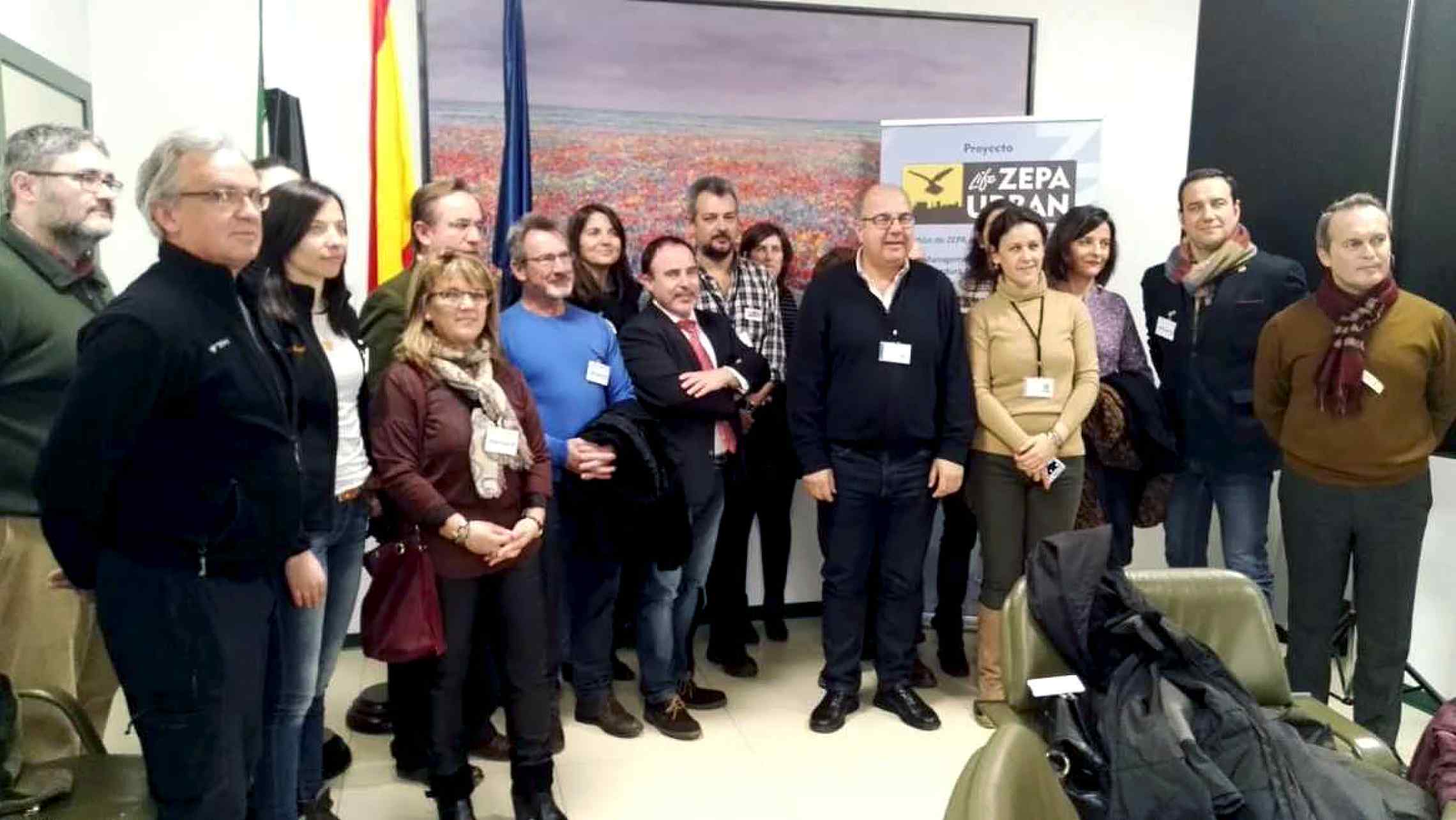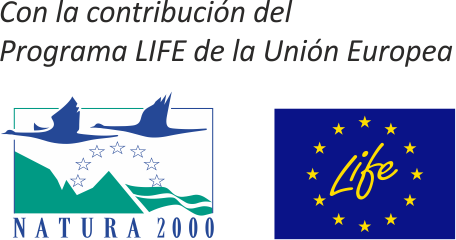Up to December 2020 the Regional Ministry for the Environment and Rural Affairs, Agricultural Policies, and Territory will carry out a total of 30 actions included in the LIFE project for the conservation of the lesser kestrel in the urban Special Bird Protection Areas (Zonas de Especial Conservación para las Aves, ZEPAs) of Extremadura.
The lesser kestrel is a small migratory diurnal bird of prey that is currently present in the 19 urban ZEPAs of Extremadura. The setting up of this project, which has been called ‘LIFE-ZEPAURBAN’, also involves the State Tourism Office and the State Office of Libraries, Museums, and Cultural Heritage (Dirección General de Bibliotecas, Museos y Patrimonio Cultural, INTROMAC), DEMA, Prefabricados Extremadura 2002, the association Terra Naturalis, and Laruinagrafica as associated beneficiaries.
The main objective of this project is to develop a management model for urban ZEPAs to ensure the long-term conservation of the lesser kestrel by adopting efficient measures to reduce or eliminate its main threats, as the Director General for the Environment, Pedro Muñoz, explained in his presentation.
PLANNED ACTION
In order to do so Muñoz indicated that the planned action is related to studies and analyses and to work in the feeding habitat. A pilot project will be carried out to improve the quality of the feeding habitat and the roosts of the lesser kestrel in urban ZEPAs and includes compensatory payments to farmers and stockbreeders for implementing management methods.
Action designed to increase the nesting sites of urban ZEPAs will also be carried out with the industrial manufacture of a thousand nest boxes, together with regulatory action to draw up and approve a habitat conservation plan and support for the town councils regarding measures for maintaining and renovating buildings and the conservation of the lesser kestrel and the revision of the limits and the zoning of the ZEPAs.
In addition, the population will be increased by breeding the lesser kestrel in captivity, awareness training workshops will be held for construction companies on the restoring of buildings, and information material will be issued on the lesser kestrel as an economic resource with the creation of a tourist product.
The director general stressed that the project has a budget of 2,779,810 euros, of which “as it is a priority species73.89% instead of 50% will be financed by the European Commission”.
“Although it is true that the project was initiated last September, the bulk of the project is set in motion now with the presentation and implementation of the website www.zepaurban.com on which all the information on the project and its progress can be consulted”, Pedro Muñoz explained.
HERITAGE AND TOURISM
Francisco Pérez Urbán, the director general of Libraries, Museums, and Cultural Heritage, has pointed out that this project will help to analyse and resolve the impact and risk of the lesser kestrel to heritage. Studies will be carried out on seven historical ensembles that have been declared assets of cultural interest, i.e. those of Alburquerque, Brozas, Jerez de Los Caballeros, Zafra, Cáceres, Trujillo, and Plasencia; in addition they will include ten monuments that have also been declared of cultural interest.
In this sense Pérez Urbán pointed out that “this project will include the drawing up of a catalogue of good practices that will allow us to reproduce them in other actions to recover heritage for which we do not have the support of the LIFE project”.
Finally Francisco Martín Simón, the director of Tourism, stressed the cooperation and effort of the three state offices involved together with the remainder of the entities with the common objective of ensuring that Extremadura continues to lead the way as a birdwatching destination.







